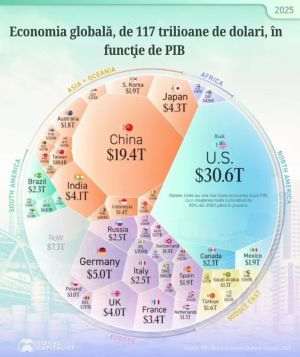People have to adapt to new living conditions. The heatwave is increasingly present in the urban area. The number of days with temperatures above 35 degrees Celsius in 20 of the world's major capitals - from New Delhi to Jakarta and Buenos Aires - has increased by 52% in the last three decades, according to the conclusions of an analysis carried out by a group of experts. The more than 300 million people living in the world's 20 most populous capitals are particularly vulnerable to rising temperatures in the context of climate change, as asphalt and buildings absorb and retain heat. Capitals such as New Delhi, Dhaka and Manila have already faced dangerous heatwaves this year, leading to rising heat-related deaths and school closures. New Delhi faced the most severe and prolonged heat wave in the last 74 years after the Indian capital recorded, for 39 consecutive days, maximum temperatures or exceeding 40 degrees Celsius, from May 14 to on June 21, according to data recorded by the city's meteorological station. An analysis by the International Institute for Environment and Development (IIED) has quantified the increased danger of extreme heat in some of the world's largest urban centres. Based on surface temperatures recorded by airport weather stations, the researchers found that between 2014 and 2023, there were nearly 6,500 cumulative days - or instances - when one in 20 cities reached temperatures of 35 degrees Celsius or bigger. In the decade 1994-2003, there were only 4,755 such days. "We know that hot weather is not felt uniformly across cities," said Tucker Landesman, IIED researcher. Heat accumulations are more likely in certain types of neighborhoods and commercial districts. It has to do with inequalities and the way we design buildings and public infrastructure,'' he added. Jakarta, the capital of Indonesia, experienced the largest absolute increase in the number of days with temperatures above 35 degrees Celsius, from 28 days in 1994-2003 to 167 in the most recent decade. In Seoul, the capital of South Korea, this number increased from nine days to 58, and in Buenos Aires, from seven days to 35 days.
The capitals of the world are facing more and more hot days
O.D.
English Section / 1 iulie 2024
























































